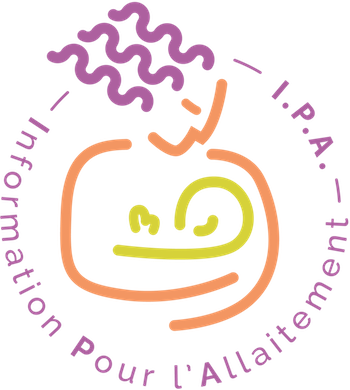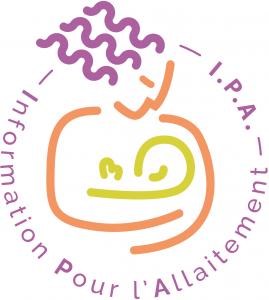Catégories
Documents disponibles dans cette catégorie (42)
 Ajouter le résultat dans votre panier Faire une suggestion Affiner la recherche
Ajouter le résultat dans votre panier Faire une suggestion Affiner la rechercheArticle : texte imprimé
The conventional model of drug passage into breastmilk states that large molecules such as maternal immunoglobulins can pass into colostrum because spaces between mammary epithelial cells are open. Then, these pores begin to close at the onset o[...]Article : texte imprimé
Miguel Angel Marin Gabriel, Auteur ; Ana Maria Malalana Martinez, Auteur |Aim: The objective of our study was to determine whether the SARS-CoV-2–positive mothers transmit the virus to their hand-expressed colostrum. Methods: This is an observational prospective study that included pregnant women who tested positiv[...]Article : texte imprimé
Afsana, Auteur ; Abul Salim Khan, Auteur ; Mohd Shahid, Auteur |Despite a proven inverse relationship between breastfeeding within one hour of birth and neonatal mortality, breastfeeding in India is marked by delayed initiation and a limited period of exclusive breastfeeding. This appears to be 'popular comm[...]Article : texte imprimé
Magdalena Orczyk-Pawilowicz, Auteur ; Marta Berghausen-Mazur, Auteur ; Lidia Hirnle, Auteur |Background: Human milk provides a multitude of glycoproteins, including highly glycosylated α-1-acid glycoprotein (AGP), which elicits anti-inflammatory and immunomodulatory properties. The milk AGP glycoforms may provide the breastfed infa[...]Article : texte imprimé
Nikolay P. Alekseev, Auteur ; Vladimir I. Ilyin, Auteur ; Talalaeva E. Nadezhda, Auteur |Background: Severe breast engorgement can cause substantial discomfort for mothers and interfere with an infant's ability to feed at the breast. This study explored the possibility of prediction of pathological postpartum breast engorgement in l[...]Article : texte imprimé
Jane Morton, Auteur |Excited or worried? On January, 2014, the Joint Commission mandate required U.S. hospitals to measure exclusive breastfeeding. Are we headed for the “perfect storm” or the perfect time for change? The broad brushstrokes below paint a worrisome p[...]Article : texte imprimé
Man-Chin Hua, Auteur ; Chien-Chang Chen, Auteur ; Tsung-Chieh Yao, Auteur |Background: Although protection against infectious diseases has been observed among breastfed infants as compared to formula-fed infants, possible benefits of breastfeeding by allergic mothers for allergy prevention remain controversial. Obj[...]Article : texte imprimé
Bahar Kural, Auteur ; Serap Sapmaz, Auteur |Presence of blood in colostrum may change the color of breast milk and it is known as “rusty pipe syndrome.” It may resolve within days, but it may be a barrier for exclusive breastfeeding. Knowledge of “rusty pipe syndrome” among health profess[...]Article : texte imprimé
Chiara Peila, Auteur ; Alessandra Coscia, Auteur ; Enrico Bertino, Auteur |Introduction: There is evidence that mother's own milk is the best nutrient in terms of multiorgan protection and infection prevention. However, when maternal milk is scarce, the solution can be represented by donor milk (DM), which requires spe[...]Article : texte imprimé
Laurence Mangel, Auteur ; Sharon Morag, Auteur ; Dror Mandel, Auteur ; Ronella Marom, Auteur ; Hadar Moran-Lev, Auteur ; Ronit Lubetzky, Auteur |Background: Sex differences in infant mortality and neonatal morbidity have been previously documented. Few studies, with conflicting results, have investigated the interaction between human milk (HM) macronutrients and energy content and infant[...]Article : texte imprimé
Xiao-chun Chen, Auteur ; Yan-fen Tong, Auteur ; Zi-min Han, Auteur |Background: For extremely low-birth-weight infants (ELBWIs), mechanical ventilation and total parenteral nutrition are generally required in the early stages and lose the protective effect of early gastrointestinal nutrition of colostrum. We con[...]

















